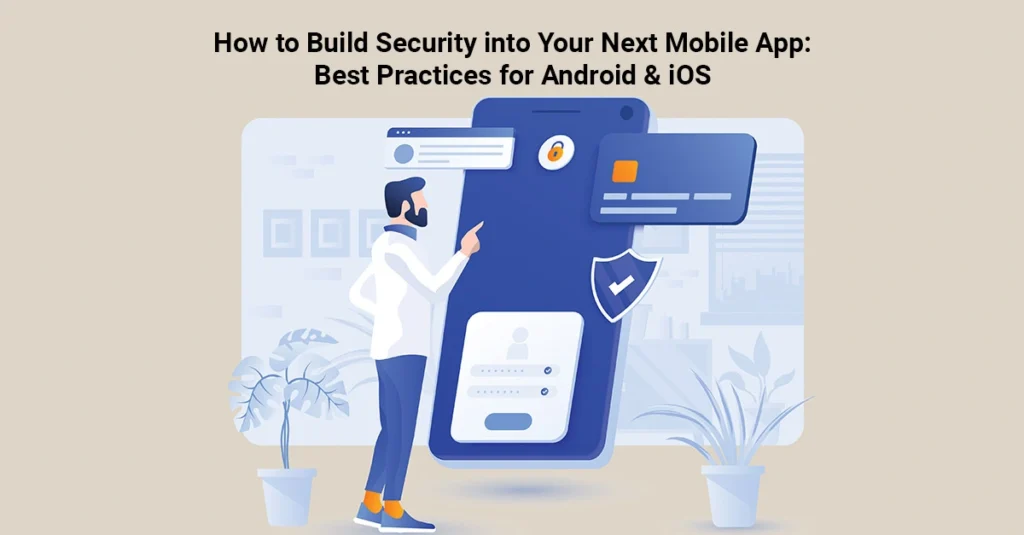
software development, App development
How to Build Security into Your Next Mobile App: Best Practices for Android & iOS
31 January 2022
Be it an excellent mobile application or a highly scalable web application, security is a necessity. When it comes to security, there are specific measures one should follow appropriately in the mobile application, and following particular security measures can certainly improve the security of the app.
Here are the six things to consider to secure your mobile apps:
Penetration tests
It is always an excellent choice to test your application thoroughly. Testing your app gives you the best practice to find the remaining loopholes and bugs left unintentionally in the code. Pen testing can help you avoid security risks and vulnerabilities against your mobile apps.
Secure the data-in-transit
Secure your line of communication. Ensure the data you are transferring to and fro is secured because leaking data may lead to significant damage to the privacy of the user or company data.
Source code encryption
Source code encryption is a must for mobile apps security. Today, most apps are native apps and on the client-side. This way, mobile malware can easily detect bugs and use the vulnerabilities for the hacker’s benefit. So, encrypting your source code to the best level is a good practice to maintain app security.
Use the latest encryption techniques.
As mentioned above, encryption is a must. To make it more secure, make sure you use the latest encryption techniques effectively. Sometimes, the best encryption methods like MD5 and SHA1 are not enough to meet the required security level. To maintain your app security, consider using modern encryption methods such as AES with 256-bit encryption or 512-bit encryption & SHA-256 for hashing.
Improved authentication
The lack of secure authentication results in data breaches and attacks. When developers are developing the app, they should ensure that they use more than one authentication type for sign-in features. These authentication features must not have any bugs and should strengthen the app. To take authentication one step further, use biometric or facial scan features. These features will gradually increase the application security significantly.
Save sensitive data properly.
Developers should certainly make sure that the user data is being protected and is not vulnerable. To protect the app data from users, developers generally save the data in the local memory itself. However, this might not be the best choice. Instead, they should consider storing the data and encrypting it afterwards. Also, one should minimize the logs and add the auto-delete features. At any cost, the user’s information should be secured or be protected.
Conclusion
These are the best practices one should consider for their mobile application. Consider these things, and it will help you build your next mobile app securely.
Specifically for Android and iOS, one can also use these things to secure their application. The platforms may be different, but security and breaches are much similar for both.
Table of Content
Penetration tests
Secure the data-in-transit
Source code encryption
Use the latest encryption techniques.
Improved authentication
Save sensitive data properly.
Conclusion




